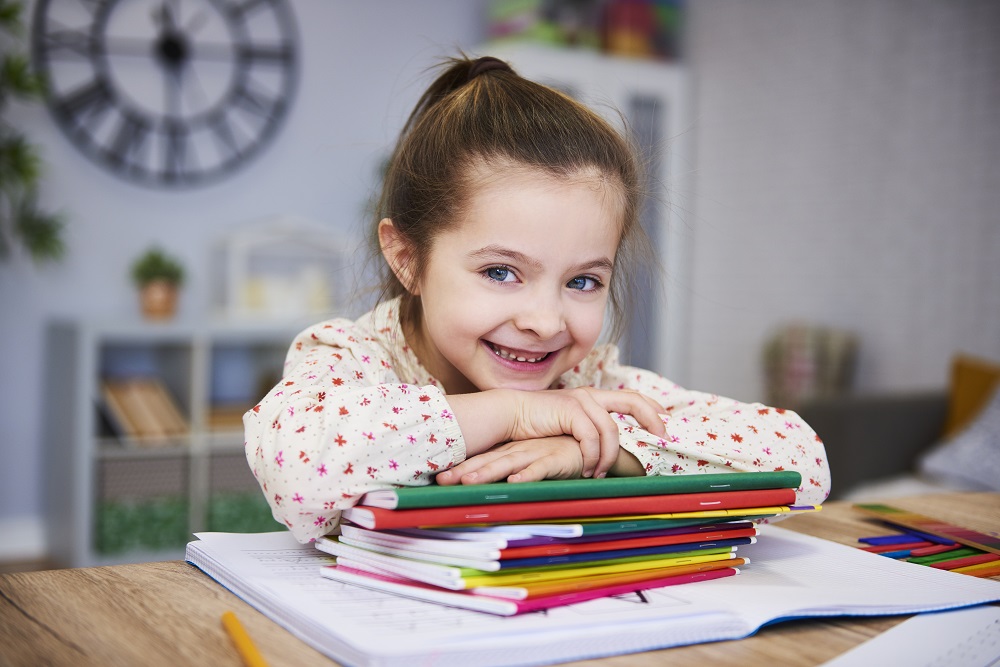Teachers and parents have seen the magic of the right educational foundation in shaping a child’s future. In our fast-paced world, it’s not just about cramming facts. It’s about equipping our kids with a deep understanding of history and economics. Why? Because these subjects are about more than just dates and market trends. They’re about grasping the human experience and gearing up for what’s ahead.
In this article, we dive into how a solid foundation in history and economics, spiced up with resources like children’s books by Connor Boyack, can smoothen the transition into adulthood.
The Real Deal About History in Early Education
Now, let’s talk history. It’s often seen as a dry list of dates and events. But here’s the twist: its real value lies in teaching kids the lessons of the past. Understanding historical events helps children grasp cause and effect, the weight of actions, and the art of decision-making. And guess what? This is crucial in prepping them for the twists and turns of adult life.
Learning from the Past
Consider this: when kids learn about events like World War I, they’re not just memorizing dates. They understand how a tangle of alliances and grievances sparked a global conflict. This insight is a game-changer. It teaches them that actions have consequences, sometimes on a massive scale. By grasping these aspects of history, kids gear up to navigate the complexities of adult life. They learn that their choices matter and that understanding the past is key to making smart choices in the future. This knowledge fosters a sense of responsibility and prepares them to be thoughtful, informed citizens.
Developing Critical Thinking
But wait, there’s more. Studying history isn’t just about storing facts. It’s about enhancing critical thinking skills. Kids learn to analyze events, embrace different perspectives, and develop empathy. These skills are golden in the adult world, where decisions often require deep thought and understanding of diverse viewpoints.
Teaching history as a dynamic and interconnected narrative, rather than a static list of dates, prepares children not just academically but also for the practical realities of life. It instills in them the ability to think critically, understand the broader context of their actions, and appreciate the importance of learning from the past to build a better future.
Economics Is More Than Just Money
Let’s shift gears to economics. Often, we boil it down to money management. But here’s the real scoop: economics is fundamentally about understanding value and resource allocation. This broader view helps kids see how the world ticks, influencing everything from personal choices to global policies.
Understanding Value and Decision-Making
Every time kids decide how to spend their allowance, they step into the world of economic reasoning. Spend it all now, or save for something bigger? This process involves weighing options, understanding trade-offs, and considering future benefits. These are the building blocks for financial responsibility in adulthood.
Learning Economic Principles by Developing Skills
Introducing children to budgeting and saving is a practical application of economic principles. By setting up a simple budget for their allowances or earnings from chores, children learn to plan, prioritize, and save for future goals. This practice instills a sense of financial discipline and planning, which is crucial for adult life.
Integrating History and Economics into Everyday Learning
So, how do we make history and economics part of daily life? It’s simpler than you think. Discussing current events, playing educational games, or reading books together have a great impact. Seize every opportunity to encourage kids to ask questions, debate, learn facts, and think critically about the world around them.
This approach goes beyond the confines of traditional classroom settings, weaving lessons into the fabric of daily life. It’s about making history and economics relatable and engaging, helping children understand the relevance of these subjects in their own lives.
Using Technology and Media
Technology and media can turn learning into an adventure. Educational apps, documentaries, and online resources offer diverse perspectives and enhance the learning experience. The bottom line is that we can easily leverage technology and media to make learning interactive and fun.
Using Children’s Books as a Learning Tool
One effective way to introduce these concepts to children is through literature and educational books. They creatively weave economic principles into engaging stories, making complex ideas accessible and enjoyable for young readers. These books can be a valuable resource in a child’s educational journey, sparking curiosity and understanding about economics from an early age.
The Bottom Line
In short, a well-rounded education that includes history and economics is like a secret weapon for adulthood. By using modern tech resources, engaging in practical activities, and fostering critical thinking, we can help our kids develop a deep understanding of the world. As parents and educators, it’s our mission to guide them on this journey, ensuring they grow into informed, responsible adults ready to take on the future. Let’s embrace this challenge enthusiastically, shaping a brighter future for our kids and the world they inherit.

